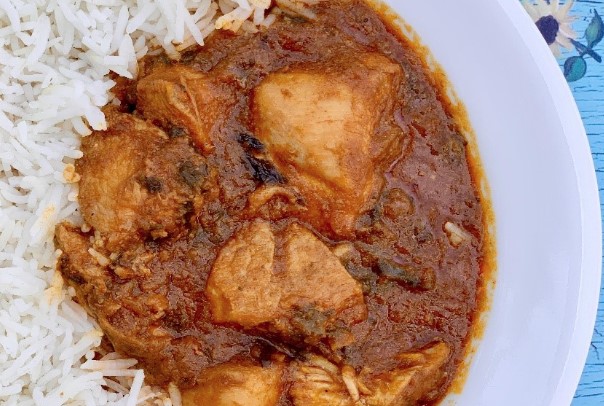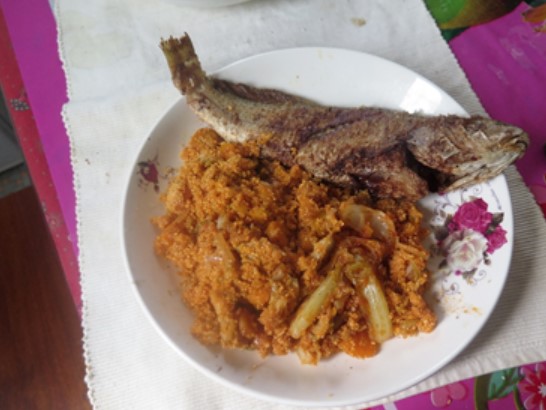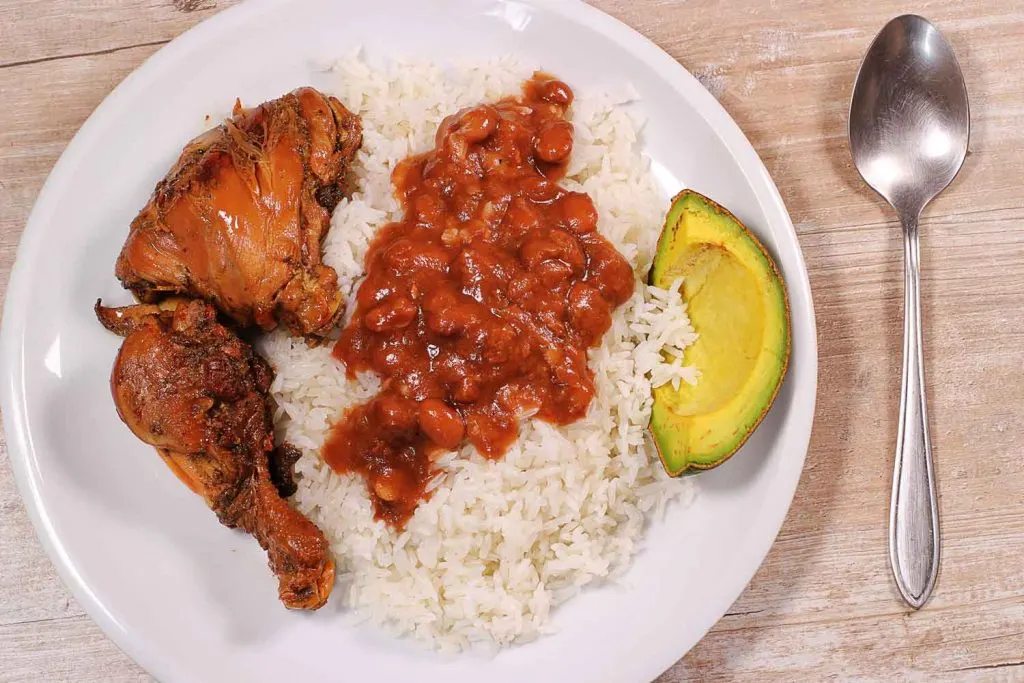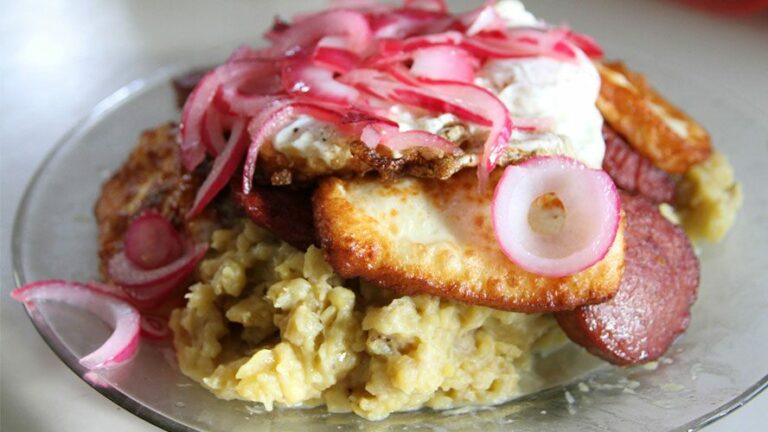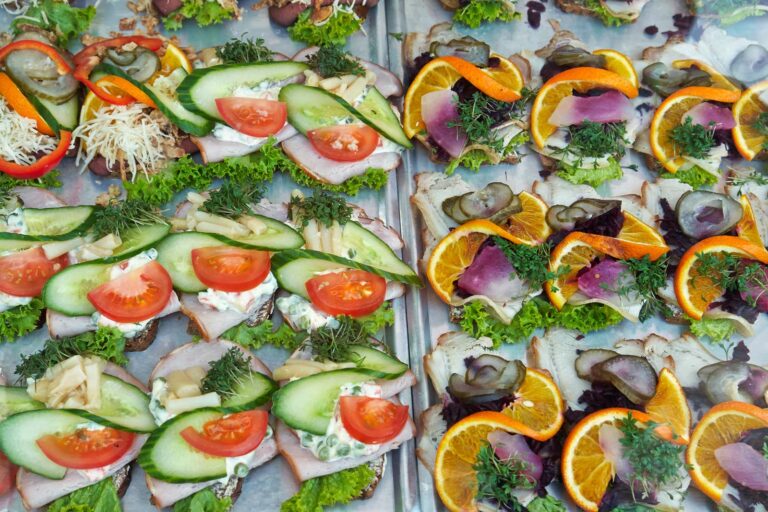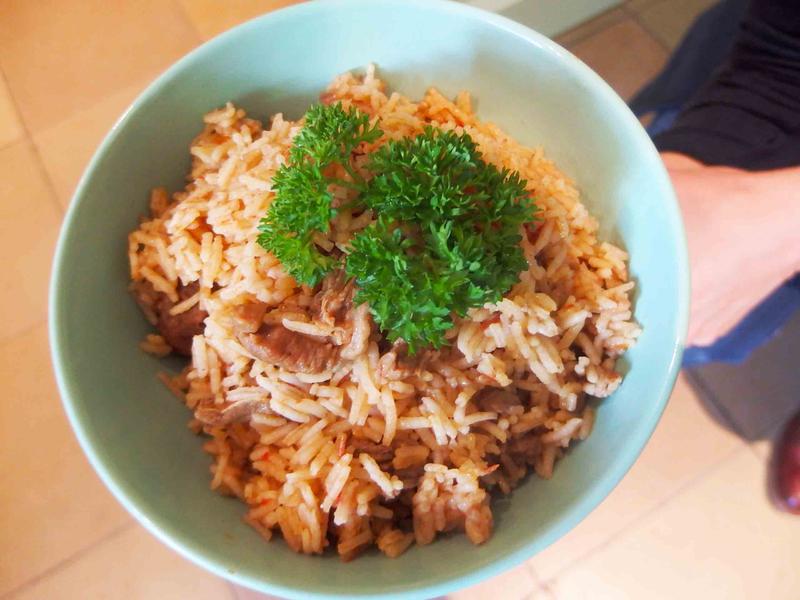Introduction: Exploring Czech Cuisine
Czech cuisine is known for its hearty and filling dishes that are perfect for cold winter nights. One of the most popular dishes in Czech cuisine is svíčková, a flavorful and rich beef dish that is usually served with dumplings and cranberry sauce. Svíčková has been a staple in Czech households for centuries and is often prepared during special occasions and holidays.
Origin and History of Svíčková Dish
Svíčková originated in the 19th century and was a dish that was prepared for wealthy families. The dish was made using the tenderloin of beef, which was considered a luxury cut of meat at the time. Over time, the dish became more accessible to the general public and became a popular dish in Czech households. Today, svíčková is considered a national dish of the Czech Republic and is enjoyed by locals and visitors alike.
Ingredients Used in Svíčková Dish
The main ingredient in svíčková is beef tenderloin, which is marinated in a mixture of vegetables, spices, and vinegar for several hours. Other ingredients used in the dish include carrots, onions, celery, garlic, bay leaves, and allspice. The dish is then cooked slowly in the marinade until the beef is tender and flavorful. Cream and flour are added to the sauce to give it a rich and creamy texture.
Preparation of Svíčková Dish
To prepare svíčková, the beef tenderloin is first marinated in a mixture of vegetables, spices, and vinegar. The marinated beef is then cooked in the marinade until it is tender and flavorful. Once the beef is cooked, the vegetables and spices are removed from the marinade, and cream and flour are added to the sauce to thicken it and give it a rich and creamy texture. The dish is then served with dumplings and cranberry sauce, which help to balance out the richness of the dish.
Serving Suggestions and Traditions
Svíčková is traditionally served with bread dumplings and cranberry sauce. The dumplings are made from a mixture of flour, milk, and eggs, and are boiled until they are light and fluffy. The cranberry sauce is made from fresh cranberries, sugar, and water and is served on the side of the dish. The dish is usually served with a slice of lemon and a dollop of whipped cream on top.
Svíčková Dish Variations
There are many variations of svíčková, depending on the region of the country and the personal preferences of the cook. Some variations may include different types of vegetables or spices, while others may use a different type of meat, such as pork or chicken. Some variations may also use different types of sauces or toppings, such as mushrooms or cheese.
Significance of Svíčková in Czech Culture
Svíčková has a special significance in Czech culture and is often served during special occasions and holidays. The dish is a symbol of hospitality and is often prepared for guests as a sign of welcome. It is also a dish that is often prepared for family gatherings and is a way to bring people together to share a hearty and delicious meal.
Conclusion: The Allure of Svíčková Dish in Czech Cuisine
Svíčková is a popular and delicious dish that is a staple of Czech cuisine. Its rich and creamy sauce, tender beef, and fluffy dumplings make it a favorite of locals and visitors alike. Whether you are looking for a hearty meal to warm you up on a cold winter night or a dish to share with friends and family, svíčková is the perfect choice. Its significance in Czech culture and its alluring flavors make it a dish that should not be missed.


